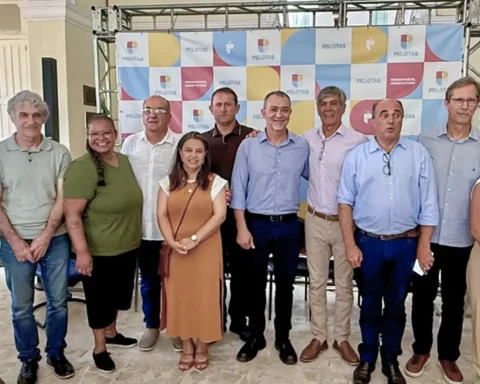The Biodiversity Missionary Institute (Imbio) launched the “Misiones Eagles Project” with the aim of working on a group of birds of prey that are threatened and even some of them in critical danger of extinction.
The initiative aims to make the population aware of the importance of these species for the environment and man. It includes the realization of diffusion campaigns in the media, in key places inhabited by the eagles, with graphic material and free delivery.
In turn, from these campaigns it is intended collect information about possible active nests of eagles in Misionesthrough the operation of an information network.
It’s about the eagles that inhabit the Paraná jungle: the black crested eagle (spizaetus tyrannus, according to its scientific name), the royal crested eagle (spizaetus ornatus), the widow eagle (spizaetus melanoleucus), the harpy eagle (harpia harpyja) and the monera eagle (morphnus guianensis). All of them are considered “top predators”, that is, they are at the top of the food chain.
These birds not only capture species that feed on plants, they are also capable of feeding on other smaller predators, so they have a great effect on the entire ecosystem.

Between the ecosystem services they providethe one of “removing” sick animals from the jungle stands out, since these are easier to detect and capture, thus preventing diseases from spreading or even affecting human populations.
The eagles also control pests such as rodents and pigeons, benefiting producers whose crops are less affected.
In addition, they feed on small or medium-sized predatory mammals that, if not controlled by top predators, can reach extraordinary population numbers, which would negatively affect other beneficial species for man, such as seed-dispersing birds, or bats that control the harmful insect populations.
Another purpose of the campaign is have up-to-date information on the situation and distribution of the missionary eagles to identify the most important threats for their subsistence in the long term and implement protection measures.

















